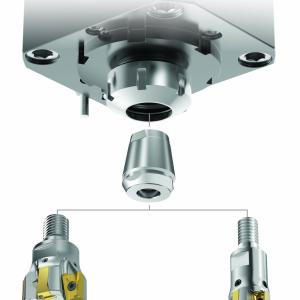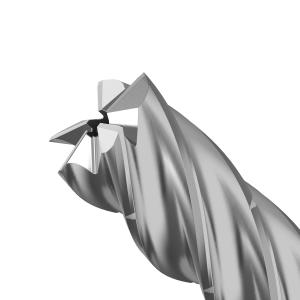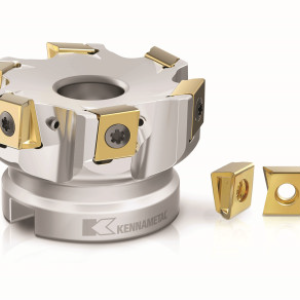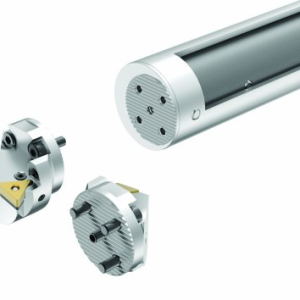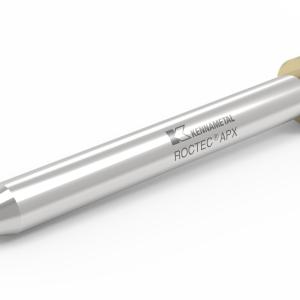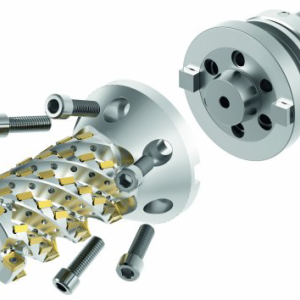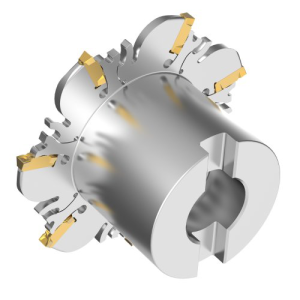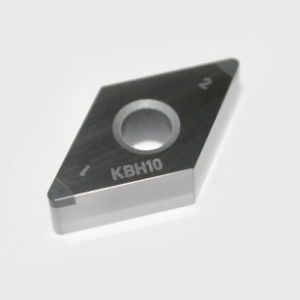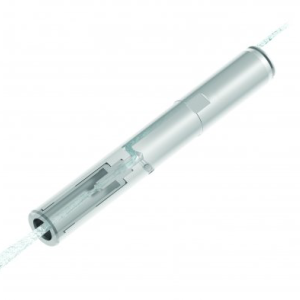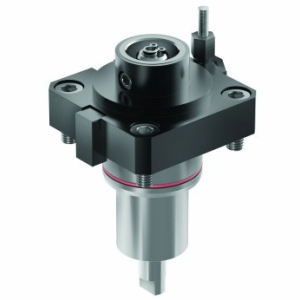Contact Details
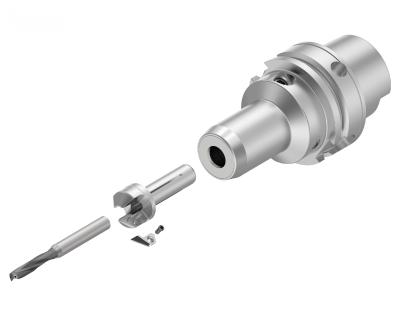
Kennametal has introduced the HiPACS drilling and countersinking system for aerospace fastener holes. Designed to drill and chamfer holes in one operation, the high-precision tool meets the aerospace industry's stringent accuracy requirements, while delivering increased tool life in machining composite, titanium and aluminum aircraft skins.
"Most fastener hole tools used today are complex made-to-order tools with long lead-times," says Georg Roth, Product Manager, Kennametal. "HiPACS uses standard, off-the-shelf components for quick delivery and low cost per hole, by allowing the drill and chamfer insert to be indexed independently from one another. What´s more, it´s the only indexable drilling and countersinking system on the market that can hold the aerospace industry´s required fastener hole chamfer tolerances in just one operation."
Kennametal's HiPACS is a cost effective and easy to assemble system comprised of three components: a reducer sleeve, countersinking insert and solid caribe drill. The system works with any standard hydraulic chuck.
Three simple components eliminate the need for custom tooling
Designed to be clamped in a standard hydraulic chuck, the HiPACS modular system consists of three components that are fast and easy to assemble:
- A reducer sleeve with a built-in high-precision pocket seat. In conjunction with a standard hydraulic chuck, this component provides ultra-secure clamping and a runout of no more than 3µm, significantly increasing tool life and hole quality.
- A PCD countersinking insert. This eliminates the need for expensive custom solution step drills, reducing manufacturing costs while meeting the industry´s accuracy requirements.
- The two series of solid carbide drills —both diamond-coated and PCD-tipped—covering all material combinations found in a typical aerospace assembly. In addition, the straight shanked tools allow for length adjustments in increments of 10mm.
The new HiPACS drilling and countersinking system can be utilized on all machines typically used for aerospace applications. In less stable conditions such as robot end effectors, the diamond coated carbide drills offer excellent tool life and hole quality. PCD-tipped drills, on the other hand, excel in stable conditions such as gantry machines.
With an industry standard interface, HiPACS can be utilized on any CNC machine, and is suitable for a variety of drilling and countersinking applications.
Related Glossary Terms
- chuck
chuck
Workholding device that affixes to a mill, lathe or drill-press spindle. It holds a tool or workpiece by one end, allowing it to be rotated. May also be fitted to the machine table to hold a workpiece. Two or more adjustable jaws actually hold the tool or part. May be actuated manually, pneumatically, hydraulically or electrically. See collet.
- computer numerical control ( CNC)
computer numerical control ( CNC)
Microprocessor-based controller dedicated to a machine tool that permits the creation or modification of parts. Programmed numerical control activates the machine’s servos and spindle drives and controls the various machining operations. See DNC, direct numerical control; NC, numerical control.
- countersinking
countersinking
Cutting a beveled edge at the entrance of a hole so a screw head sits flush with the workpiece surface.
- polycrystalline diamond ( PCD)
polycrystalline diamond ( PCD)
Cutting tool material consisting of natural or synthetic diamond crystals bonded together under high pressure at elevated temperatures. PCD is available as a tip brazed to a carbide insert carrier. Used for machining nonferrous alloys and nonmetallic materials at high cutting speeds.

